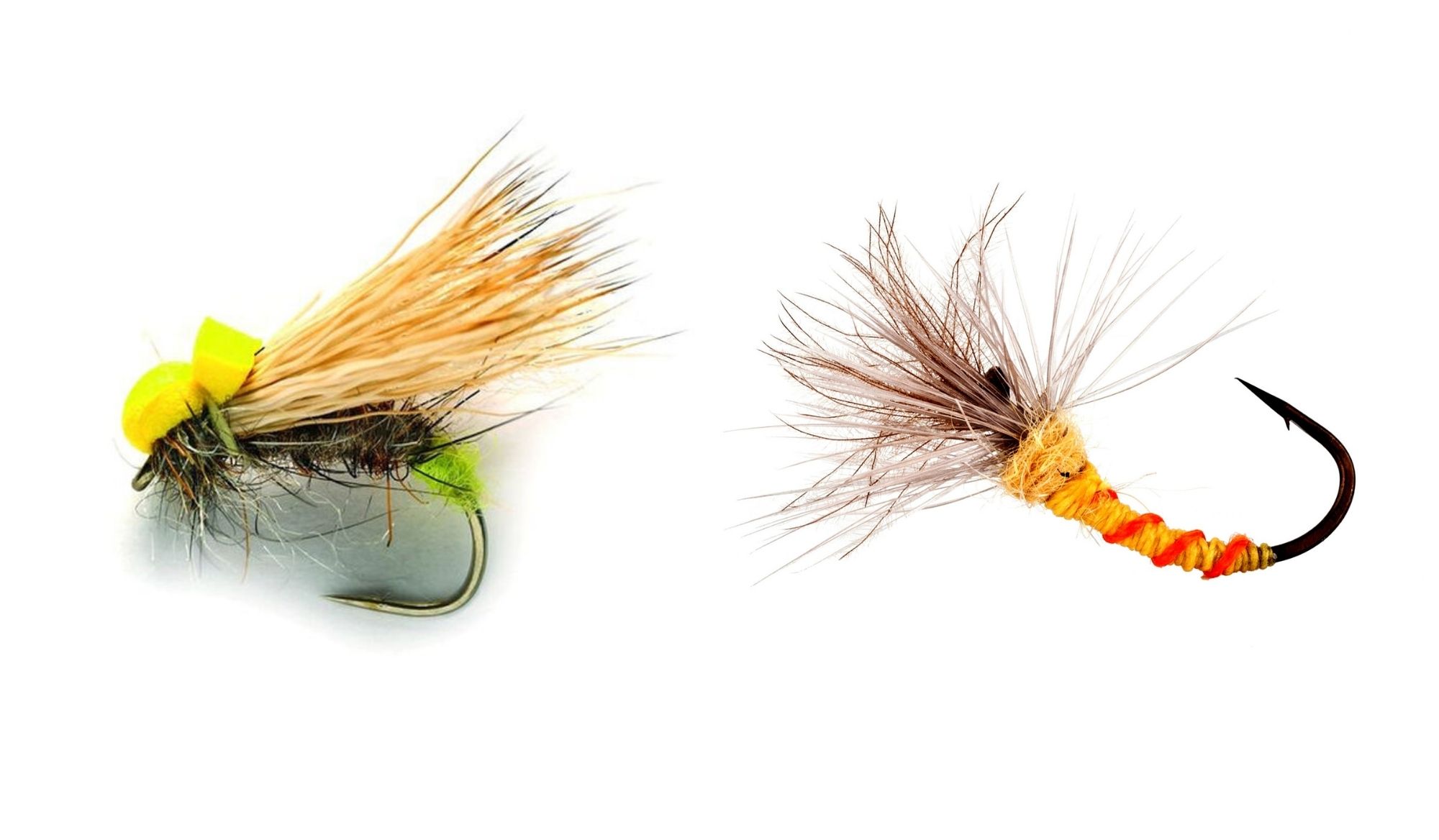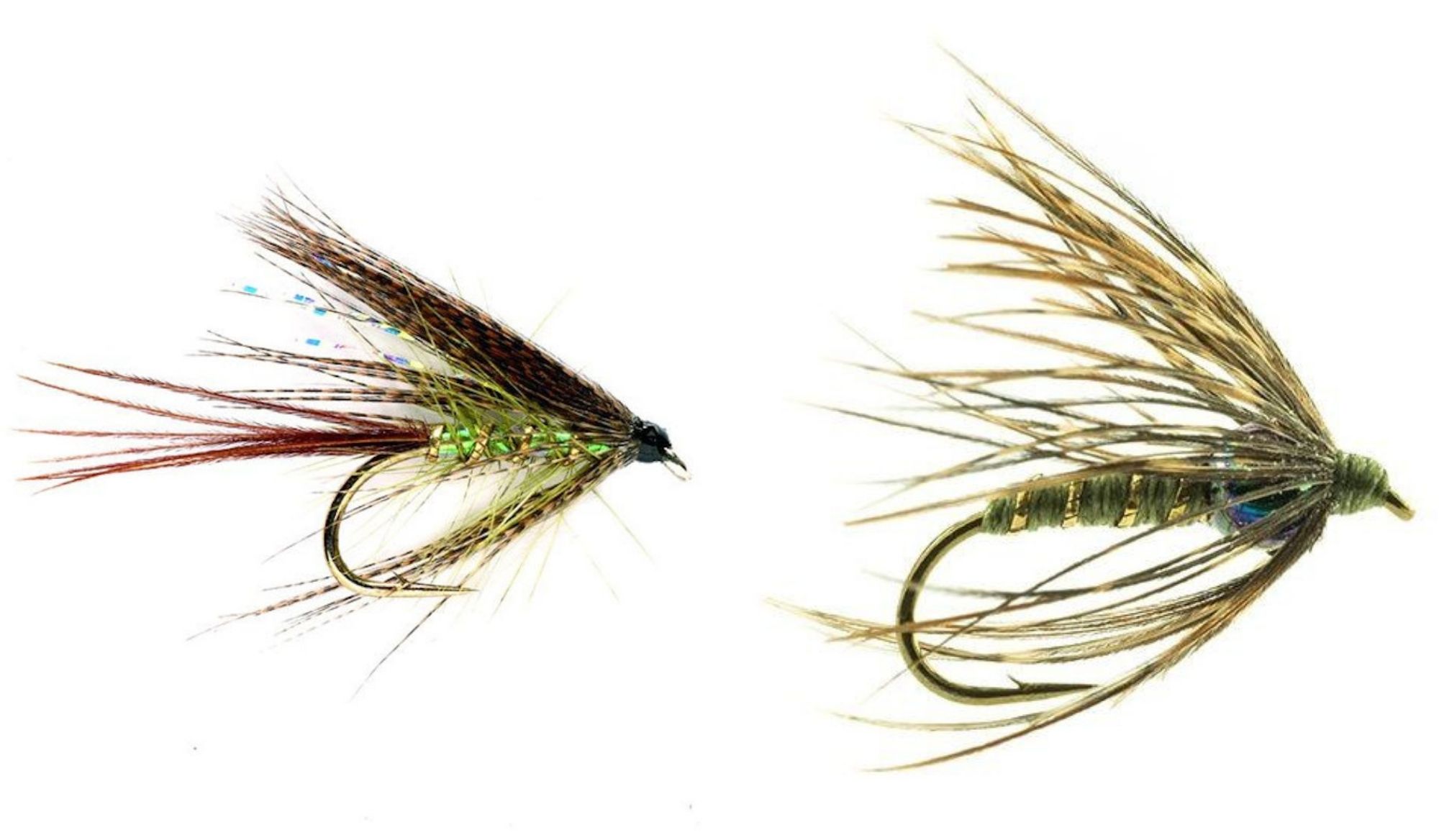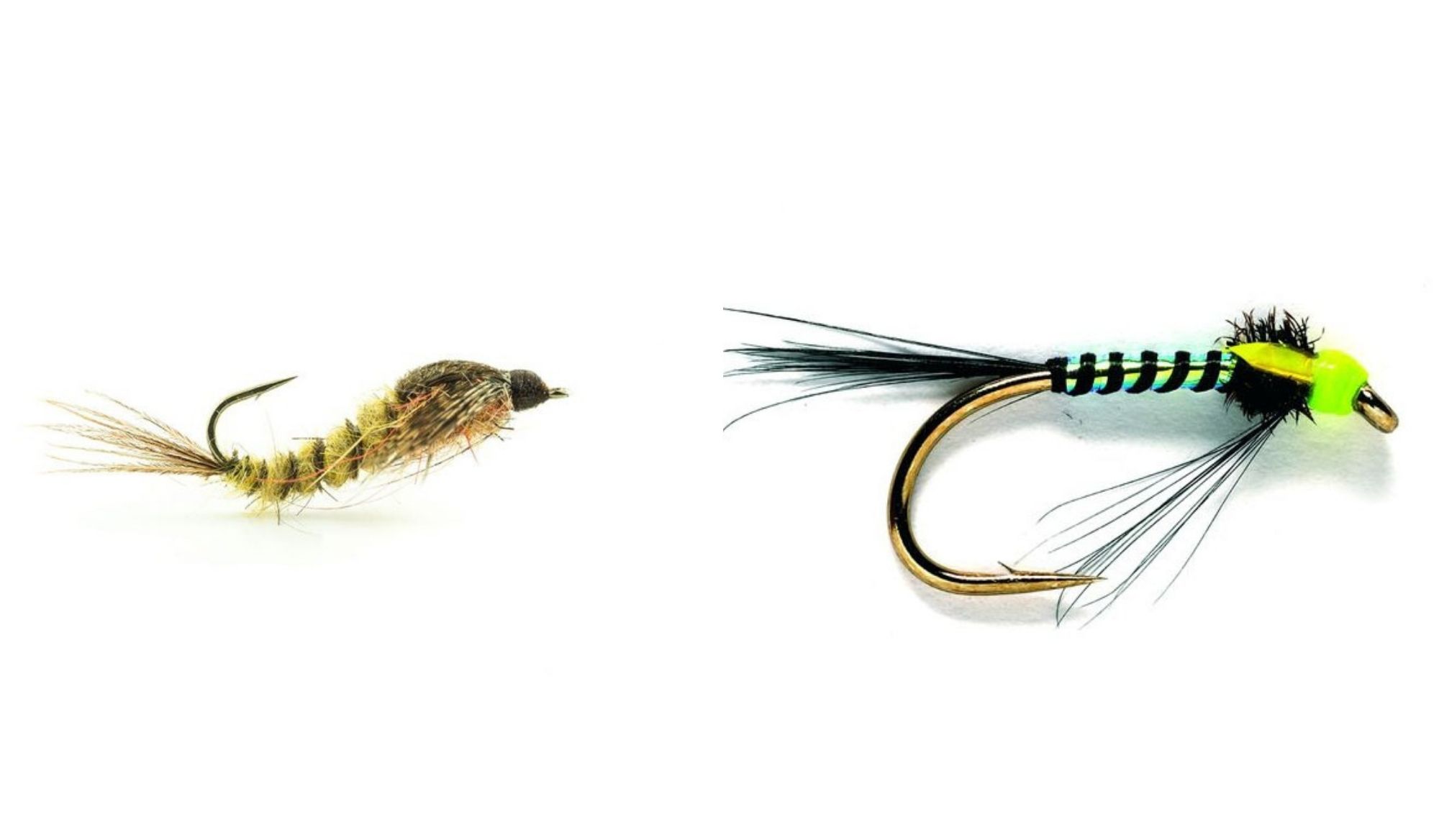.jpg)
Fly fishing is the stuff of dreams, and while it respects the environment that surrounds fly fishers, it requires a solid knowledge of the waterways and rigorous training in the fishing techniques that make it up.
Depending on the season, a trout (or any other fish), for example, will behave differently and you'll need to respond in the most appropriate way. Similarly, depending on where you're fishing - rivers, lakes, reservoirs, upstream or downstream - you'll need to take everything into account.
You'll need more than just a rod, reel and line; you'll need a variety of lures that will allow you to adapt to any situation you encounter. The equipment you'll need for this type of fishing is very specific - a classic spinning reel won't do, for example. The same goes for the rod and line, in this case called silk. You can finish or start equipping yourself with our selection of fly fishing equipment.
The different baits you can find depending on the techniques used are as follows:
- A dry fly, imitating flyinginsects
- A nymph or a submerged fly, representing aquatic larvae
- A streamer, imitation of a fry
Listen carefully to our advice and you'll soon (and with a lot of practice) become seasoned fly fishers..
Dry fishing with floating flies

This is done on the surface using small floating flies. The animation used is inert drifting, which means that you don't create any artificial animation; it's only the movement of the water and its current that will make your bait move.
You'll need to keep an eye out for the gobbling of the fish you're tracking, which is when it rises to the surface to gobble up bugs. Identify these famous drifting insects and cast your bait among them as naturally as possible.
Make sure you choose a bait of the same size and colour, which will maximise your chances and avoid arousing suspicion. This method requires reactivity and precision, and can be used upstream or downstream of a river, although upstream is preferable.
Drowned fishing, with a submerged fly

This technique involves tricking your prey with a submerged artificial fly, commonly known as a "drowned fly". Once in the water, this type of fly imitates the vibrations emitted by an insect escaping drowning as it rises in search of a way out.
You can practise this technique down rivers, using a rig of 3 baits, one at the tip of the leader, the second in an intermediate position and the third as a jumper.
The jumping bait (jumping fly) is the one closest to you and imitates the insect trying to take flight with small parabolic jumps. Other anglers use a different method, with the first artificial weight and the other two upstream. It's up to you to try both and adjust your technique.
Using a nymph

There are several ways to approach this technique, depending on the behaviour of the fish and the conditions you encounter. It is the representation of an aquatic larva, so it will be immersed in the different layers of water.
The first approach is called " line fishing", where you imitate the movement of the larva on the bottom or an accidental drift. You'll need to weight your bait well to avoid it rising too much, which is not what we're trying to reproduce here. To detect bites, it's up to you to decide, depending on your habits or preferences, whether to use a coloured line or another bite indicator.
The second approach, known as 'sight fishing', requires a favourable environment: clear water through which you can easily see your prey and their movements. Much more stimulating than its cousin, this approach nevertheless requires good knowledge and a keen sense of analysis.
Your bait will need to be chosen carefully, depending on the flow rate, the activity of the trout you are watching, the depth and the presence of bugs on the top layer. Your touch sensor is your eyes, so stay focused and take care with your movements, and you should be fine!
These different techniques can be used both upstream and downstream.
The streamer, an artificial fish
.jpg)
This is a very special technique, which differs from the others in that you have to move your lure dynamically. It imitates a fry, which will allow you to stalk species with predator tendencies, so make sure you choose a line and a rod strong enough to resist their attacks.
Your line should be sinking rather than floating, as this is essential to develop the animation of your bait on the bottom. This is essential if you want your bait to come to life on the bottom. Don't do this directly, or with great delicacy, as attacks are often very violent with this method.
You can practice in reservoirs during the winter season, or downstream of various rivers, according to your preference and taste at the time.
We hope that our advice will prove fruitful, so set up your reel and all that's left for you to do is head for your favourite spot and watch patiently as your next playmate gobbles! Don't hesitate to ask us questions on our various social networks - we'll be happy to advise you again if you have any queries!
Our other articles on the world of fly fishing:
- The 10 most beautiful fly-fishing spots in France
- Which rod for fly fishing?
- Which silk for fly fishing?
